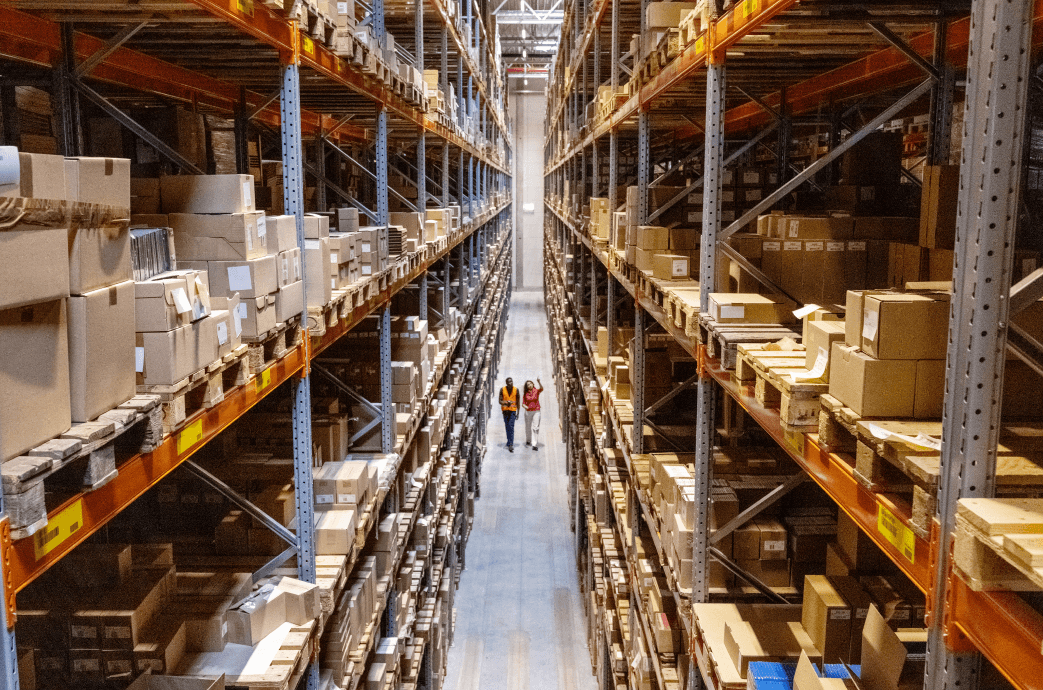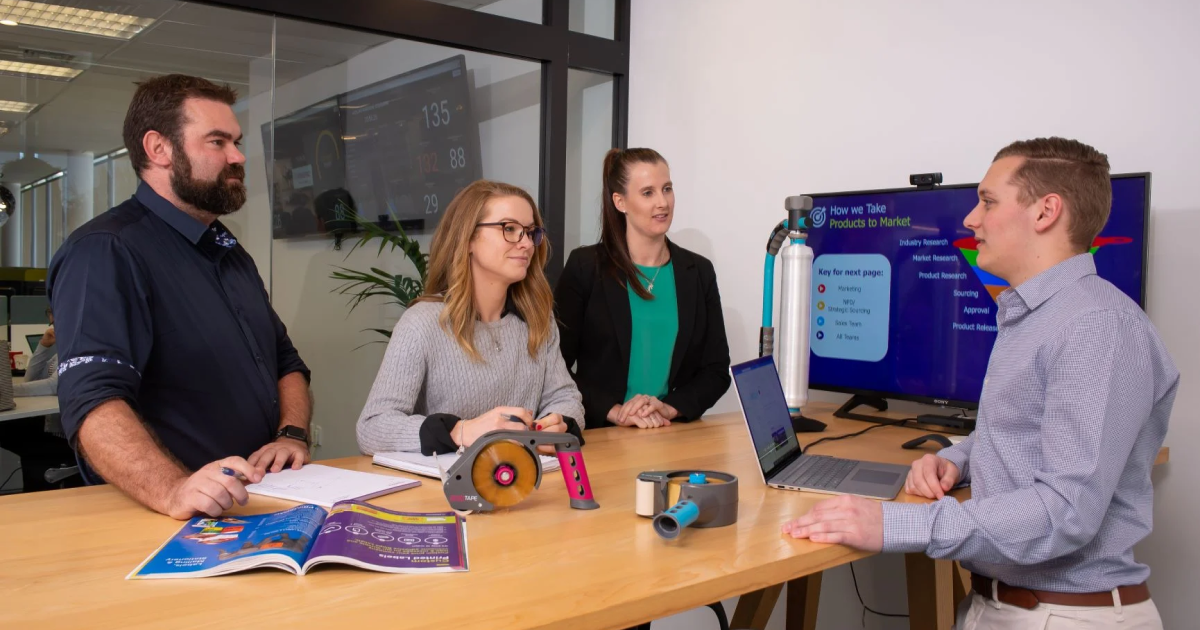
With more and more consumers ordering products online and increasing competition from other brands, many companies are looking for ways to speed up their delivery times and save costs on packaging to reduce their costs to consumers. When this is done successfully, it results in a great experience for both consumer and company. However it is very easy to cut corners, particularly with packaging your goods for transit, which can potentially lead to damaged goods.
According to this research:
- 30% of packages are sent in boxes that are too big, without effective protection to prevent damage.
- 15% of packages arrive dented
- 8% of packages arrive crushed
- 8% of packages arrive ripped
If you're using third party couriers to transport your goods, there is often not much you can do about what happens to your package between you and the customer. But you can do a few things to ensure your goods will still be in tip-top shape when they reach your customer.
Materials
It is advised to spend at least 5% of a product's value on secure and appropriate packaging - particularly if you're sending a package overseas. This will ensure you allow enough money to select quality packaging that will protect the goods inside.
Consider if your package will be exposed to moisture, excessive heat or cold, or rough handling, and ensure you use packaging that will prevent damage to the product inside. You can find wrapping for products that absorbs surrounding moisture, packaging that helps to keep your products chilled, things like pallet pads that protect the underside of large shipments from dirt and dust, and bubble wrap to protect more fragile items. Also ensure you are using the correct box or carton for the size and weight of the product inside.
Fill the gaps
Once you've got the right materials in place, make sure your items don't move around and become damaged during transit. Using effective void fillers will help you here. There are a range of options available depending on the size of your shipment. For those smaller items that are packaged in boxes, use things like kraft paper, packing peanuts, corrugated cardboard, or other foam padding. Make sure you use materials appropriate to how fragile and/or heavy the packaged item is.
For larger shipments, you can opt for things like dunnage air bags and strong pallet wrap to ensure your goods stick together and avoid movement.
Security
There are a number of products you can use to improve the security of your packages. Implementing these measures for items that are highly valuable or are at a higher risk of theft, can help to deter unwanted attention. Consider using coloured security wrap for larger shipments so people can't see the items inside, container seals, and impact warning labels to monitor shipments. Also remember to use tracked postage for smaller shipments, so you can be aware of where your package is to minimise the risk of it getting lost.
It is also important to use insurance when available, so that you are protected in the event of your package being lost or stolen. Sometimes it may seem like an unnecessary expense (especially on smaller items), but consider how much money could be lost on many smaller items potentially being frequently damaged. You can also use security seals, to alert receivers of the package to check the contents before signing. This ensures that any damage caused during transit can be claimed via insurance.
Labels
Labels are an effective way to let people handling your shipment of any specifics they need to be aware of. You can use dangerous goods labels to bring attention to potentially harmful contents, loading instruction labels to alert people to overly fragile or heavy items, or handling labels to let people know of any other special handling the package need.
So there are a few ways you can ensure better protection of our shipments during transit - whether large or small. Make sure you assess the needs of your business deliveries, and the individual products being shipped to create the best solution for you and your customers.
And be sure to check out Primepac's range of protective packaging to ensure your products arrive in top shape every time. To view the full range of logistics and warehousing supplies click here.






.png)

